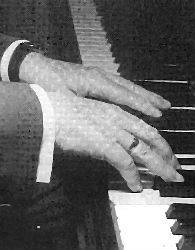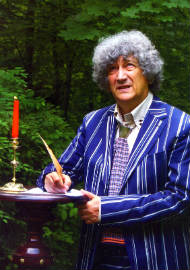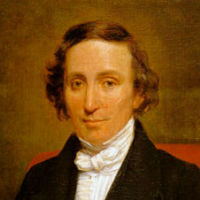Monthly Archives: March 2019
KING OPERETTA IMRE CALMAN
 In the 1930s, the name of this composer was on the lips of all music lovers of the world. Even the followers of the classics sang his melodies. How did Imre Kalman, who worked in the light genre of the Viennese operetta, manage to achieve such unprecedented success? Everything is simple – his works are considered a win-win option for all musical theaters. It is enough to put his operetta on the stage, and the theater is guaranteed to have its own audience. Continue reading
In the 1930s, the name of this composer was on the lips of all music lovers of the world. Even the followers of the classics sang his melodies. How did Imre Kalman, who worked in the light genre of the Viennese operetta, manage to achieve such unprecedented success? Everything is simple – his works are considered a win-win option for all musical theaters. It is enough to put his operetta on the stage, and the theater is guaranteed to have its own audience. Continue reading
KNIGHT OF OPERETTA FLORIMON HERVE
 This composer composed various spiritual works, but did not admit to anyone that he dreamed of an operetta. Then he nevertheless created 80 operettas, although he had already dreamed of completing the symphony-oratorio. Over time, Florimon Herve was recognized as the father of the operetta, but the predilections of the eccentric creator always split, as, indeed, his whole life. An overly gifted singer, composer, actor and playwright was eccentric and unpredictable. Continue reading
This composer composed various spiritual works, but did not admit to anyone that he dreamed of an operetta. Then he nevertheless created 80 operettas, although he had already dreamed of completing the symphony-oratorio. Over time, Florimon Herve was recognized as the father of the operetta, but the predilections of the eccentric creator always split, as, indeed, his whole life. An overly gifted singer, composer, actor and playwright was eccentric and unpredictable. Continue reading
The Unsurpassed King of Waltz Johann Straus
 Dance melodies, which were called foot music, were condescending in any era. Operas, oratorios and symphonies were always considered noble genres, while all kinds of quadrille, waltzes and polkas were attributed to second-rate creations because of their entertaining nature. And only one Austrian composer managed to change this musical hierarchy, raising the melodies for dancing to previously unattainable symphonic heights. His name is Johann Strauss. Continue reading
Dance melodies, which were called foot music, were condescending in any era. Operas, oratorios and symphonies were always considered noble genres, while all kinds of quadrille, waltzes and polkas were attributed to second-rate creations because of their entertaining nature. And only one Austrian composer managed to change this musical hierarchy, raising the melodies for dancing to previously unattainable symphonic heights. His name is Johann Strauss. Continue reading




